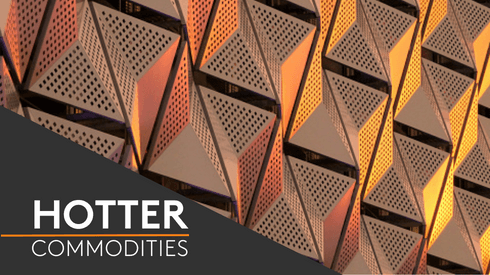Educating steel industry stakeholders, in particular consumers’ procurement teams, will be essential to effecting culture change in an industry that lags behind the non-ferrous markets when it comes to derivatives trading.
“The ferrous market still has a way to go to catch up with the more established hedging practices we see on the non-ferrous side,” Jenny Boyce, corporate metal sales at BNP Paribas, said.
In addition to stakeholders understanding the value of the risk diversification that hedging offers and how best to achieve this, it is also important that the whole industry has confidence in a particular index, Boyce continued.
Steel is traded in many more physical forms and grades than other metals, which has presented an obstacle to the indexation of the whole industry.
“Copper is copper, aluminium is aluminium, but steel can be any number of different things,” Boyce said, which can result in reduced correlation between an index and the price of a particular steel product.
Yet rather than necessitate the adoption of multiple pricing indices to reflect the steel industry’s diversity, the panel agreed that, conversely, less is more and that a smaller number of robust indices can serve the entire industry’s needs. For example, a European hot-rolled coil index could be the basis for all flat-steel derivative trades if the relationship between different product prices is known and understood.
David Fleming, ferrous derivatives trader at Gerald, agreed that the fragmented nature of the steel industry represented a challenge and was in contrast with the more homogenous iron ore markets. He continued that although this is not an insurmountable obstacle, it increased the importance of index consolidation.
“The industry as a whole has to have confidence in a specific index,” Fleming said.
Furthermore, an increase in the number of indices would mean that the liquidity on any one index would be diluted, added Lukasz Lasota, commodity business developer at mBank.
Despite the challenges, the panel were confident that derivatives trading will take off in the steel industry, given its size and the risks involved.




